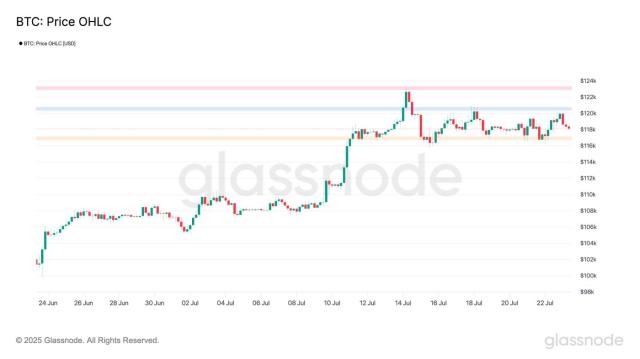According to the Sing Tao Daily, Hong Kong Customs announced on July 22 that they have cracked a money laundering case involving an amount of 1.15 billion Hong Kong dollars, where criminals used both cash and stablecoins in the laundering process. Currently, two male suspects have been arrested.
Cash Smuggling with Stablecoins
Hong Kong Customs pointed out that a 37-year-old local male and a 50-year-old foreign male were suspected of taking large amounts of cash out of the country and then "whitewashing" the funds through frequent stablecoin transactions. The backgrounds and fund movements of the two were obviously inconsistent, which triggered the investigation.
Law enforcement officers raided 4 residences and 2 companies, thoroughly searching mobile phones, bank cards, and electronic wallet records. The case is still expanding its evidence collection, and the two have been released on bail pending investigation.
It is worth noting that similar methods have been frequently seen recently. In May, Customs uncovered a virtual asset money laundering network worth 3.5 billion Hong Kong dollars; in February, they discovered a cross-border case involving the Indian market with an amount as high as 14 billion Hong Kong dollars.
Stablecoins as Money Laundering Shortcut
Stablecoins are pegged to fiat currency, have low volatility, and enable fast cross-border transfers, which perfectly meet money laundering needs. Criminals often convert cash to USDT and then use mixing services or cross-chain bridges to split and transfer funds, significantly increasing tracking difficulty. In the "Xinkangjia" Ponzi scheme in China and the Shanghai 6.5 billion yuan illegal foreign exchange case, stablecoins played a core role.
Additionally, the Financial Action Task Force (FATF) report shows that on-chain illegal activities in 2024 were approximately 51 billion US dollars; in the same year, stablecoin monthly transaction volume once exceeded 30 trillion US dollars. The massive liquidity creates a challenging tracking problem for law enforcement agencies facing "massive transfers completed in seconds".
Hong Kong's Dual Regulations and Licensing System
On the legal front, Hong Kong requires financial institutions to implement customer due diligence and suspicious transaction reporting under Chapter 615 of the "Anti-Money Laundering and Counter-Terrorist Financing Ordinance". More critically, the "Stablecoin Ordinance" taking effect on August 1 mandates that any issuance, exchange, or custody of "specified stablecoins" requires a license, with unlicensed activities constituting a criminal offense, and prohibiting exaggerated promotion and misleading investors.
Simultaneously, the Securities and Futures Commission and the Hong Kong Monetary Authority are collaborating. The Monetary Authority focuses on banking system risks, while the Securities and Futures Commission is responsible for setting cryptocurrency industry standards and requiring licensed institutions to have sufficient capital, risk control, and disclosure mechanisms. Although DeFi and some unlicensed projects are not yet fully regulated, the authorities have clearly signaled a "license first, then innovate" approach.







